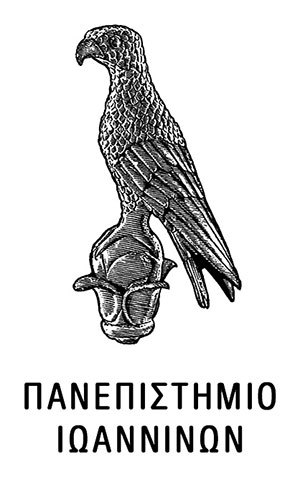C-13 shieldings, delta(C-13) O-17 shieldings, delta(O-17), and O-18 isotope effects on C-13 shieldings, (1)Delta(13)C(O-18/O-16), Of carbon monoxide (99.7% C-13, 0.9% O-17, and 11.8% O-18 enriched) in a variety of solvents and of the Fe-C-O unit of several carbonmonoxy hemoprotein models with varying polar and steric effects of the distal organic superstructure and constraints of the proximal side are reported. This enables, first, comparisons with hemoproteins, C-O vibrational frequencies, nu(C-O), and X-ray structural data to be made; second, to investigate whether polarizable CO is an adequate model for distal ligand effects in carbonmonoxy heme proteins and synthetic model compounds; third, to investigate the effect of electronic perturbation within the heme pocket and pocket deformation on delta(C-13), delta(O-17), (1)Delta(13)C(O-18/O-16), and nu(C-O). A variety of solvents with varying dielectric constants and solvation abilities appears to have negligible effect on delta(O-17), delta(C-13), and (1)Delta(13)C(O-18/O-16) and little direct effect on nu(CO) of dissolved carbon monoxide. On the contrary, C-13 and O-17 shieldings of several carbonmonoxy hemoprotein models vary widely and an excellent correlation was found between the infrared C-O vibrational frequencies and C-13 shieldings and a reasonable correlation with O-18 isotope effects on C-13 shieldings. The C-13 shieldings of heme models cover a 4.0 ppm range which is extended to 7.0 ppm when several HbCO and MbCO species at different pHs are included. The latter were found to obey a similar linear delta(C-13) vs nu(C-O) relationship. nu(C-O), delta(C-13), and (1)Delta(13)C(O-18/O-16) parameters of heme,model compounds reflect similar interaction which is primarily the modulation of rr back-bonding from Fe d(pi) to CO pi* orbital by the distal pocket polar interactions. Our results suggest that, contrary to earlier claims, polarizable carbon monoxide is not an adequate model for distal ligand effects in carbonmonoxy hemoproteins and synthetic model compounds. Very probably this is caused by the large effect of the electric field on the back-bonding and the large polarizability of the Jr: subsystem of the Fe-C-O unit. The O-17 shieldings of heme models cover a range of 17 ppm which is extended to 24 ppm when selected heme proteins are included. The lack of correlation between delta(C-13) and delta(O-17) suggests that the two probes do not reflect a similar type of electronic and structural perturbation. delta(O-17) is not primarily influenced by the local distal field interactions and does not correlate with any single structural property of the Fe-C-O unit; however, atropisomerism and deformation of the porphyrin geometry appear to play a significant role.
(EN)

